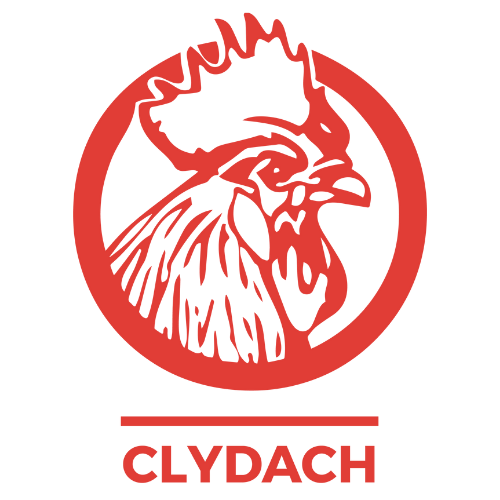We often receive questions about changing your dogs' food frequently. Sometimes to 'change it up' or to keep their mealtimes interesting. Our founder and nutritionist, Callum, explains the concept of rotational feeding.
Rotational feeding refers to a diet rotation that provides pets with regular dietary changes. This frequency could be anything from each month/quarter, each bag, or in some instances, each bowl.
For many brands, adjusting the food very frequently isn't advised; this is usually to prevent digestive upset, and this is true. Many branded feeds vary drastically from product to product (e.g. grain or no grain content, high meat content vs low meat content).
Clydach Farm adult diets are formulated with a consistent level of meat to carbohydrate ratio. With those carbohydrates being a consistent sort, the only significant change between diets is the protein type used (e.g. fish, poultry or red meat).
There are many different reasons to adopt a rotational feeding program, ranging from adding interest to meal times or adding nutritional variety.
Flavour Fatigue
Often, pets experience flavour fatigue from eating the same diet every day, just as we would.
Rotational feeding keeps dogs interested in the food and prevents flavour fatigue. Rotational feeding also offers the novelty of new foods. The change can also help boost intake for picky eaters or animals with a reduced appetite.
Diversify Amino Acids
We carry out extensive testing of the amino acid profiles in our products. We will publish another article on the importance of amino acids soon. But in short, different proteins will have a higher level of amino acids within them; by widening the range of meat/fish sources, you expose your dog to the broader reach of amino acids he will have access to. We can same can be said for fatty acid profiles and various vitamins and minerals.
Evolutionary Reasons
The wild wolf dietary variation is lost when making prepared dog food (wild dogs and cats would have varied prey and fodder to their intake). Through rotational feeding, you can gain diversity in their nourishment.
Protein Exposure
Food sensitivities exist in dogs but are often misdiagnosed or confused with food allergies. Food allergies cause an immune-mediated response, whereas food sensitivities are much more common and traditionally manifest as poor food reactions, including soft stools, excess gas, itchy dry skin and itchy paws and ears.
Like humans, exposure to different proteins at a young age may decrease the chances of developing food sensitivities. For this reason, we launched the MultiProtein Puppy recipe.
Feeding a rotational diet to a dog exposes them to a broader range of proteins and could prevent sensitivities.
